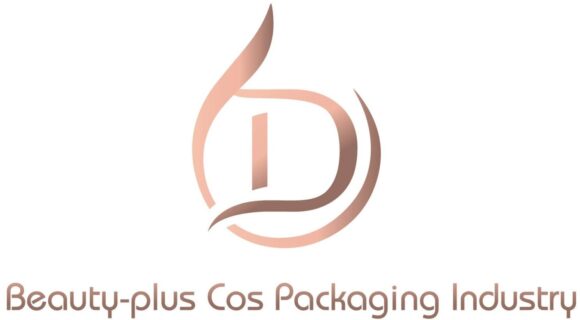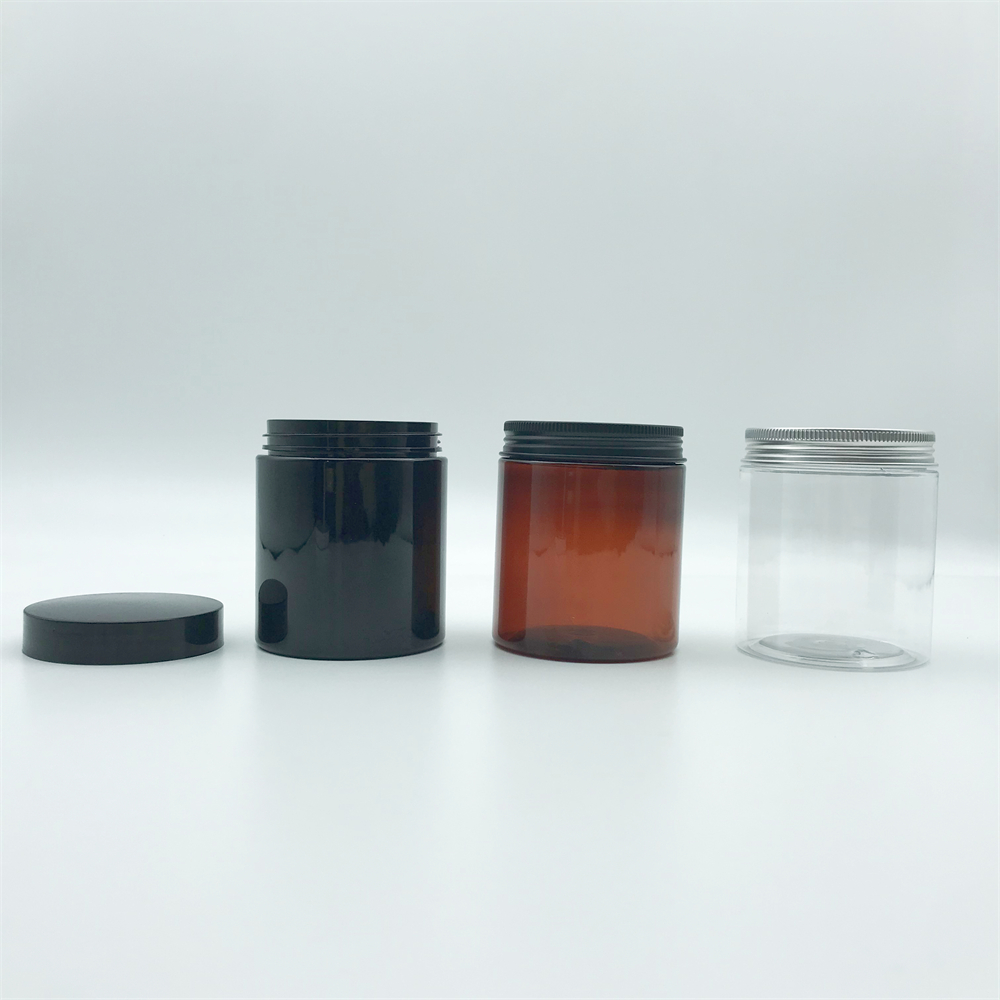
PET is everywhere—from water bottles to skincare packaging—but is it actually safe?
PET (polyethylene terephthalate)1 plastic is widely considered safe for food, beverage, and cosmetic packaging, though its environmental impact raises concerns.
I used to recommend PET bottles to almost every beauty client for their clarity and cost. But more recently, I’ve had customers ask: “Is it safe for long-term use?” That’s when I started digging deeper into both health and sustainability concerns.
What Is PET?
You’ve probably used it a thousand times without realizing it.
PET stands for polyethylene terephthalate2—a clear, lightweight, and strong plastic commonly used in beverage bottles and cosmetic containers.
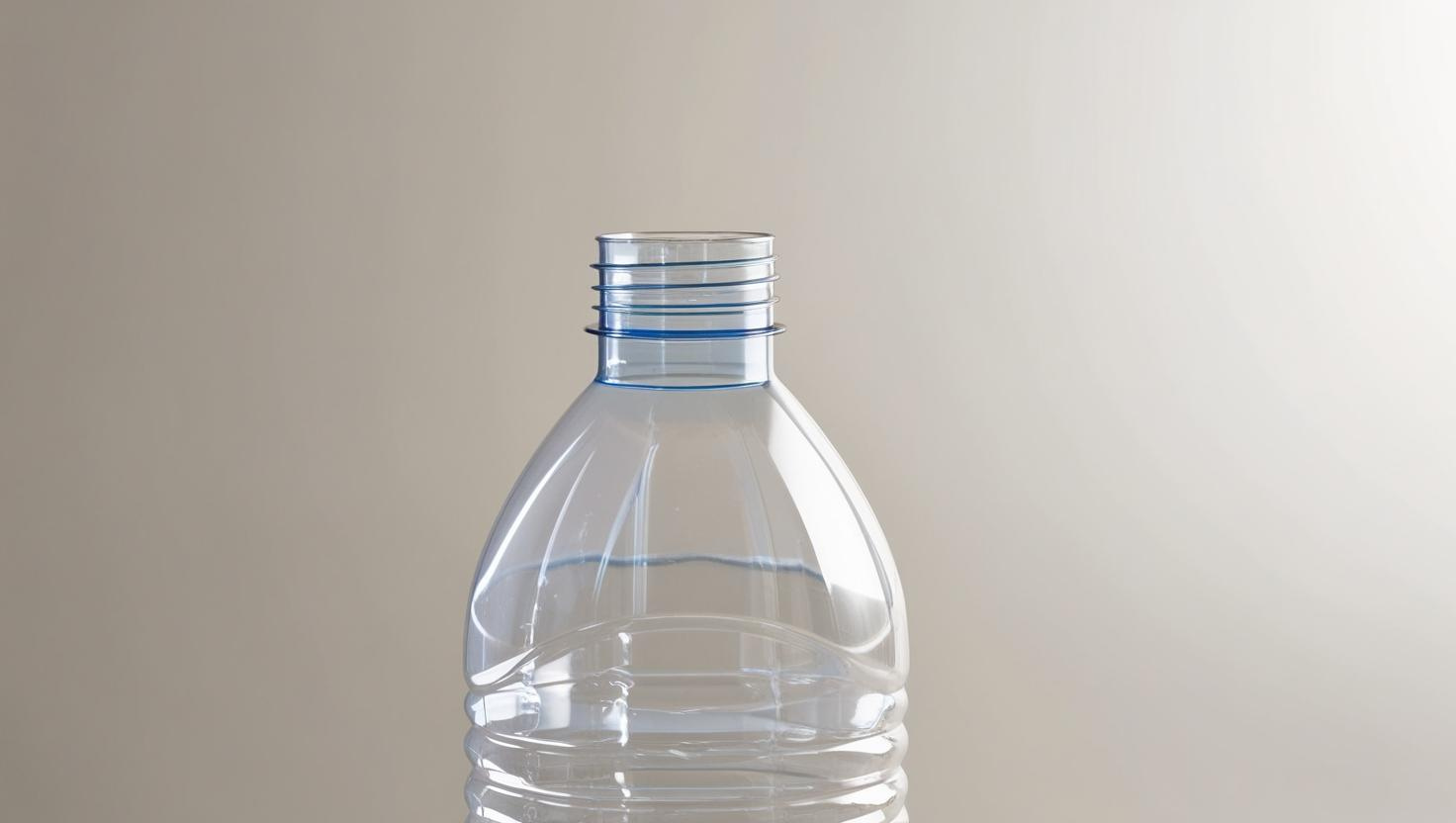
PET at a glance
- Lightweight and shatter-resistant
- Transparent and glossy
- Easily recyclable (Code #1 plastic)
- Often used for single-use packaging
Are PET Plastic Containers Safe to Use?
Health experts and packaging scientists weigh in.
Yes, PET plastic is generally recognized as safe3 for food and cosmetic use by regulatory agencies like the FDA and EFSA.
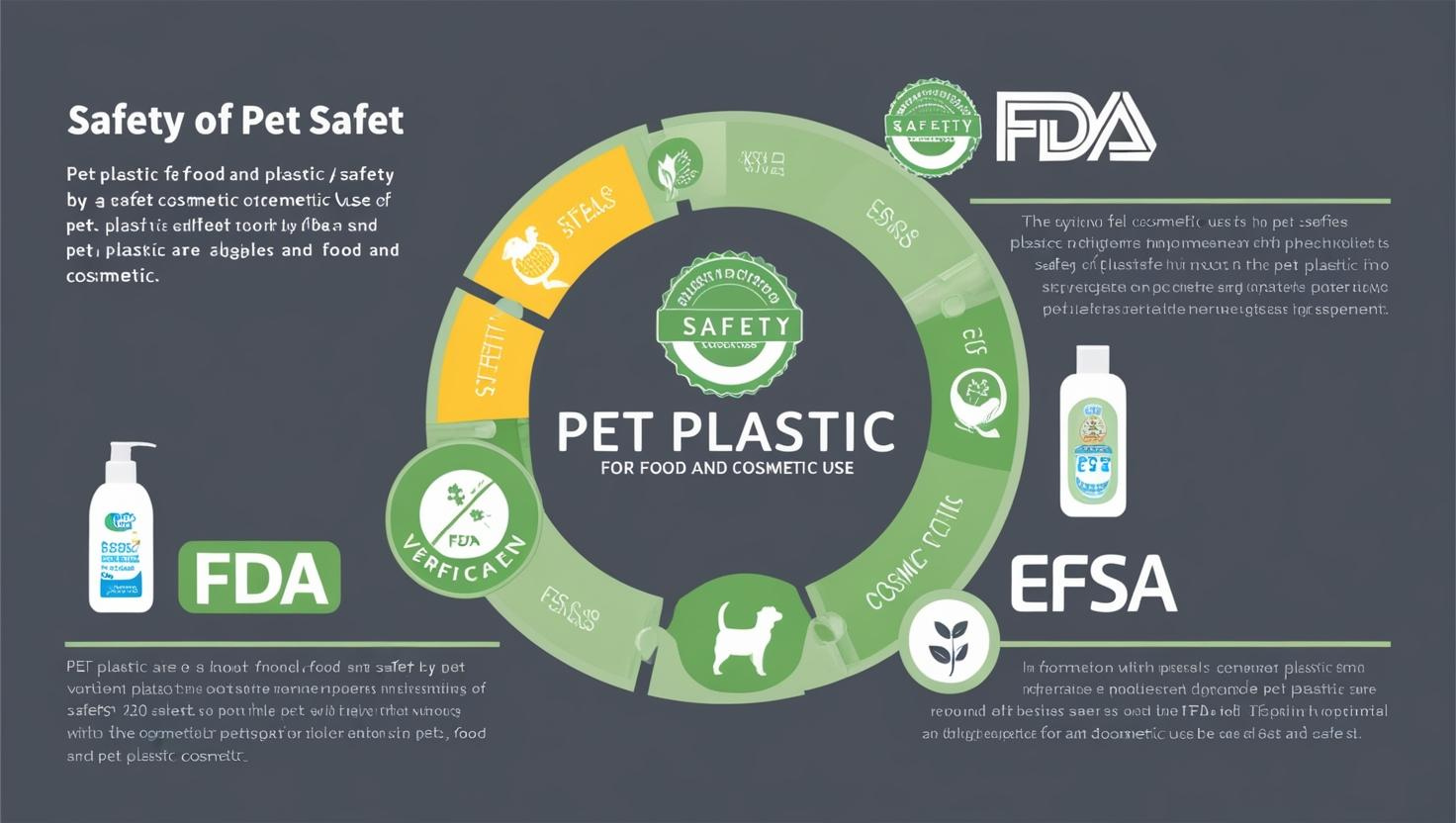
Why PET is considered safe
- Does not contain BPA or phthalates
- Approved for single-use packaging by food safety regulators
- Minimal leaching under normal conditions
- Inert and non-reactive for most skincare formulas
That said, it’s not recommended for high heat or repeated reuse, especially for food and beverage.
Why Is PET Plastic a Problem?
Safety and sustainability aren’t the same thing.
The main issue with PET plastic is its environmental footprint4—it takes decades to degrade and contributes to global plastic waste.
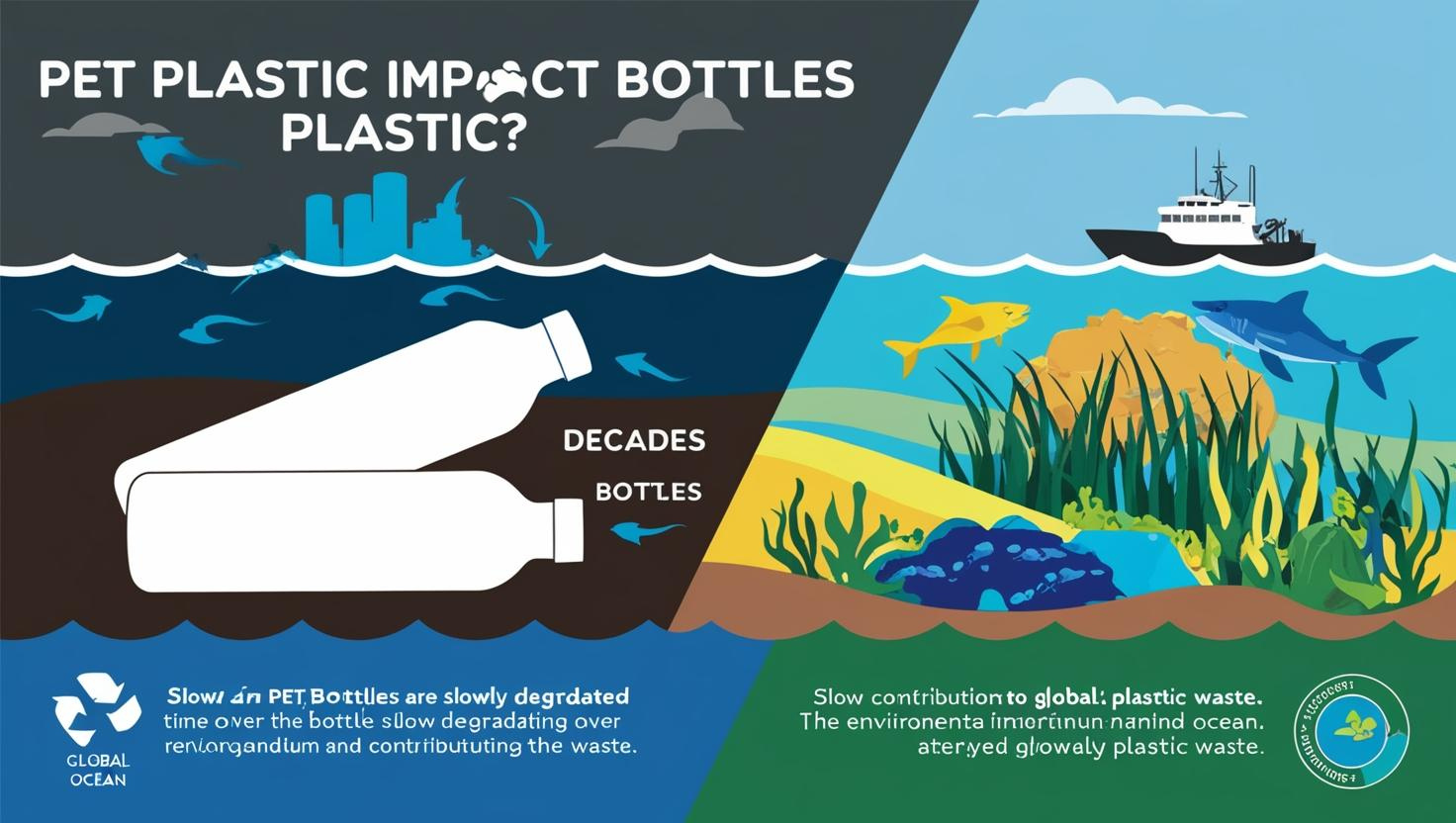
Environmental concerns
- PET is recyclable, but global recycling rates are still low
- It contributes to microplastic pollution when improperly disposed
- Manufacturing requires fossil fuels and energy
- Lightweight nature means it's easily littered
What Are the Disadvantages of PET Plastic?
No material is perfect.
While PET is safe and functional, its downsides include heat sensitivity, low reuse safety, and limited biodegradability.
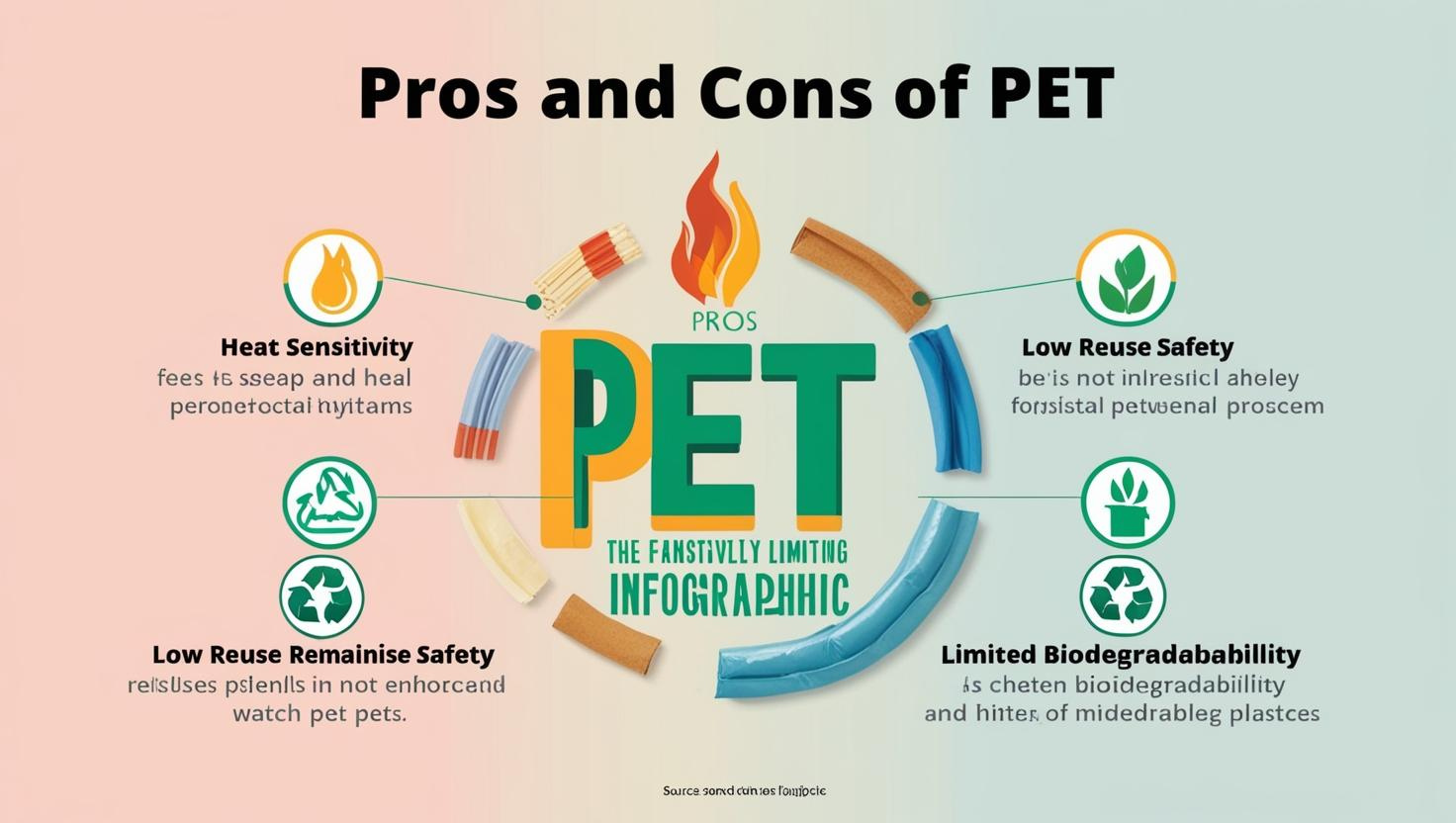
PET’s limitations
| Disadvantage | Impact |
|---|---|
| Not heat-resistant | Warps or leaches under high temps |
| Not biodegradable | Persists in landfills/oceans |
| Not refill-friendly | Degrades after repeated reuse |
| Petroleum-based | Not a renewable material |
PET Plastic in Cosmetic Packaging
It’s not just for soda bottles anymore.
PET plastic is commonly used in cosmetic packaging5 because it looks premium, is shatterproof, and offers decent barrier protection.

Why brands choose PET
- Crystal-clear visibility for lotions and toners
- Compatible with pump dispensers and spray closures
- Lightweight for shipping
- Can be made with recycled content (rPET)
Still, more brands are moving toward eco alternatives like glass, aluminum, or biodegradable plastics.
PET Cosmetic Packaging in Beauty-plus Cos
How we use PET—and when we don’t.
At Beauty-plus Cos, we offer PET bottles and jars for products like toner, mist, or gel—but we also guide clients toward rPET or refillable solutions for better sustainability.
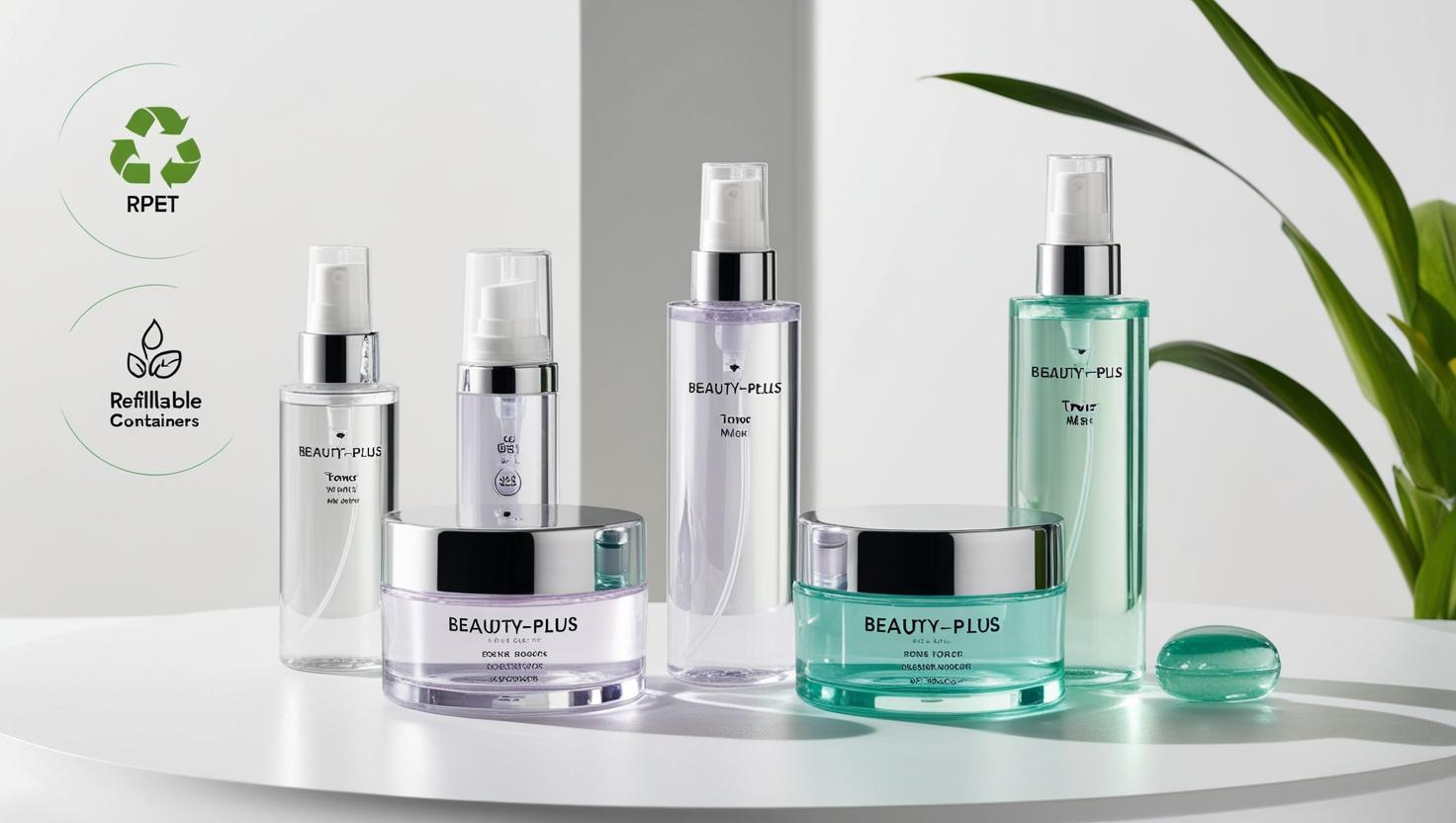
Our PET policy in practice
- Offer standard PET for low-cost, large-batch projects
- Recommend rPET for sustainability-minded clients
- Avoid PET for products exposed to heat or long-term storage
- Support testing for refill and reuse performance
Conclusion
PET plastic is safe—but it’s not perfect. For cost-effective, shatterproof packaging, it works. For sustainability? Think rPET, or go beyond plastic entirely.
-
U.S. EPA overview of PET in sustainable materials management. ↩
-
PlasticsInfo.org breakdown of PET plastic’s structure and applications. ↩
-
U.S. FDA’s official FAQ confirming PET is food-contact safe. ↩
-
National Geographic’s report on plastic pollution and PET’s long-term environmental impact. ↩
-
Cosmetics Business article on how PET plastic is used in beauty product packaging. ↩
